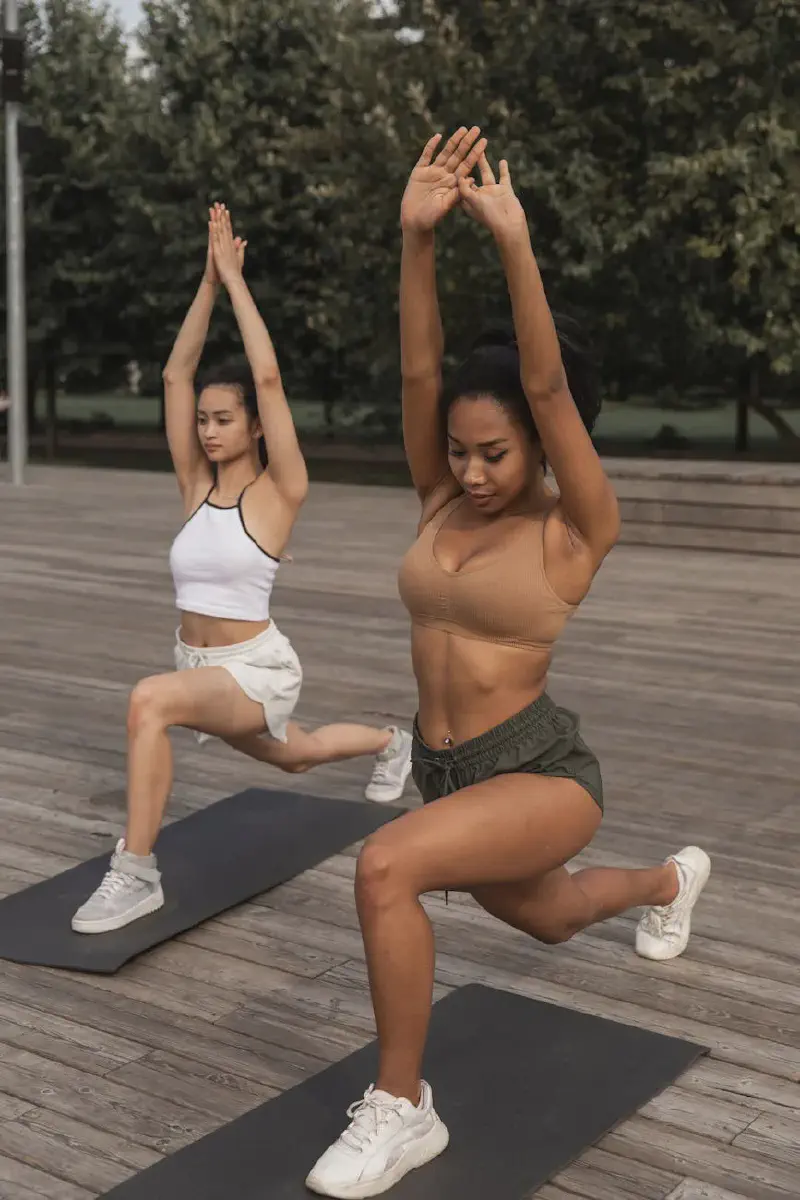Visualization Techniques for Runners: Harnessing the Power of Mental Imagery
Introduction
As a running coach, I’ve witnessed firsthand the profound impact that mental training can have on an athlete’s performance and overall well-being. While physical preparation is undoubtedly crucial, the power of the mind should never be underestimated. One of the most effective tools in a runner’s mental arsenal is visualization – the practice of creating vivid mental images to enhance performance and boost motivation.
Visualization, also known as mental imagery, allows runners to simulate their desired outcomes and experiences in their minds before they occur in reality. By picturing themselves executing flawless technique, overcoming challenges, and triumphantly crossing the finish line, runners can build confidence, reduce anxiety, and tap into the deep well of mental endurance that is so essential to the sport.
Types of Visualization Techniques
There are several distinct types of visualization techniques that runners can explore and incorporate into their training regimen:
Route Visualization: This involves mentally mapping out the racecourse or running route, visualizing each turn, hill, and landmark along the way. By familiarizing themselves with the terrain, runners can better prepare for the physical and mental demands of the run.
Performance Visualization: In this technique, runners envision themselves performing at their best, with perfect running form, efficient pacing, and the ability to tackle any obstacles that may arise. This helps to ingrain the desired movement patterns and problem-solving strategies.
Outcome Visualization: Runners can also visualize the end result, picturing themselves crossing the finish line, achieving a personal best, or receiving a medal. This can serve as a powerful motivator and help runners stay focused on their ultimate goals.
How to Practice Visualization
Establishing a consistent visualization practice is key to harnessing its full benefits. Runners should set aside a dedicated time, ideally in a quiet and distraction-free environment, to engage in their mental imagery exercises. It’s important to set clear and specific goals for each visualization session, whether that’s perfecting a particular running technique or envisioning the successful completion of an upcoming race.
To enhance the vividness and immersiveness of the imagery, runners should engage all of their senses – sight, sound, smell, touch, and even taste. The more detailed and realistic the visualization, the more effective it will be in priming the mind and body for optimal performance.
Visualization can also be combined with other mental training techniques, such as affirmations, mindfulness, and deep breathing, to create a comprehensive approach to mental preparation.
Incorporating Visualization into Running Training
Visualization can be a powerful tool at various stages of a runner’s training and competition. Before a workout or race, visualization can help to improve focus, boost motivation, and reduce pre-performance anxiety. During a run, visualization can be used to enhance endurance and push through mental barriers, helping runners to access that elusive “runner’s high.”
Visualization can also play a crucial role in recovery and injury prevention. By picturing their bodies healing and their muscles recovering, runners can aid the physical rehabilitation process and maintain a positive mindset during setbacks.
The Impact of Visualization on Running Mindset
One of the most profound benefits of visualization is its ability to transform a runner’s mindset. By consistently picturing themselves succeeding, runners can build unshakable self-belief and confidence. This, in turn, can lead to a more positive and resilient approach to the sport, helping runners overcome challenges and maintain their motivation even in the face of adversity.
Visualization has also been shown to reduce pre-race jitters and performance anxiety. By rehearsing their race-day routine and visualizing themselves remaining calm and composed, runners can better manage the mental and emotional demands of competition.
Mental Endurance and Visualization
Running, at its core, is as much a mental challenge as it is a physical one. Visualization can be a powerful tool in cultivating the mental toughness and resilience that are essential for endurance athletes. By picturing themselves pushing through fatigue, overcoming mental blocks, and persevering to the finish line, runners can develop the inner strength to confront and conquer the most daunting physical and psychological obstacles.
Visualization and the “Runner’s High”
The euphoric state known as the “runner’s high” is often attributed to the release of endorphins and other feel-good neurotransmitters during exercise. Interestingly, research suggests that visualization can also play a role in triggering this blissful experience. By picturing themselves in a state of flow, runners can prime their brains and bodies to more readily access the runner’s high, further enhancing their enjoyment and motivation.
Visualization for Running and Mental Health
The benefits of visualization extend beyond just running performance – they can also have a profound impact on a runner’s overall mental health and well-being. By using visualization to reduce stress, manage anxiety, and promote a positive self-image, runners can cultivate a healthier and more fulfilling relationship with the sport they love.
Visualization can be particularly useful for runners struggling with body image issues or negative self-talk. By picturing themselves with confidence, grace, and a deep appreciation for their physical capabilities, runners can begin to challenge and reframe the limiting beliefs that may have been holding them back.
Conclusion
Visualization is a powerful tool that every runner should have in their mental training toolkit. By harnessing the power of mental imagery, runners can enhance their performance, build resilience, and cultivate a more positive and fulfilling relationship with the sport. Whether you’re aiming to conquer a new personal best, overcome a mental block, or simply find more joy in your runs, incorporating visualization techniques into your training can be a game-changer.
So, the next time you lace up your running shoes, take a moment to close your eyes and picture yourself achieving your goals. Visualize the journey, feel the triumph, and let that mental imagery guide you to new heights of running excellence and personal growth.
